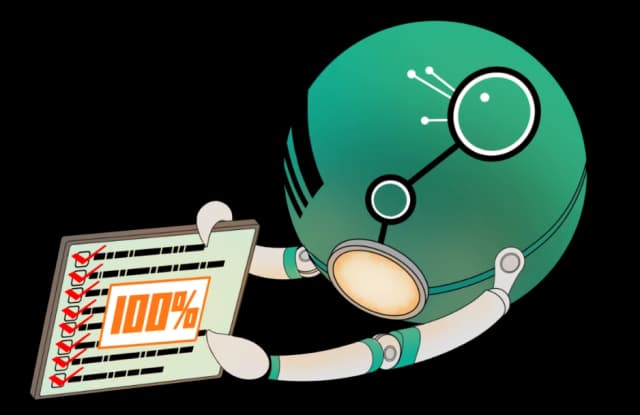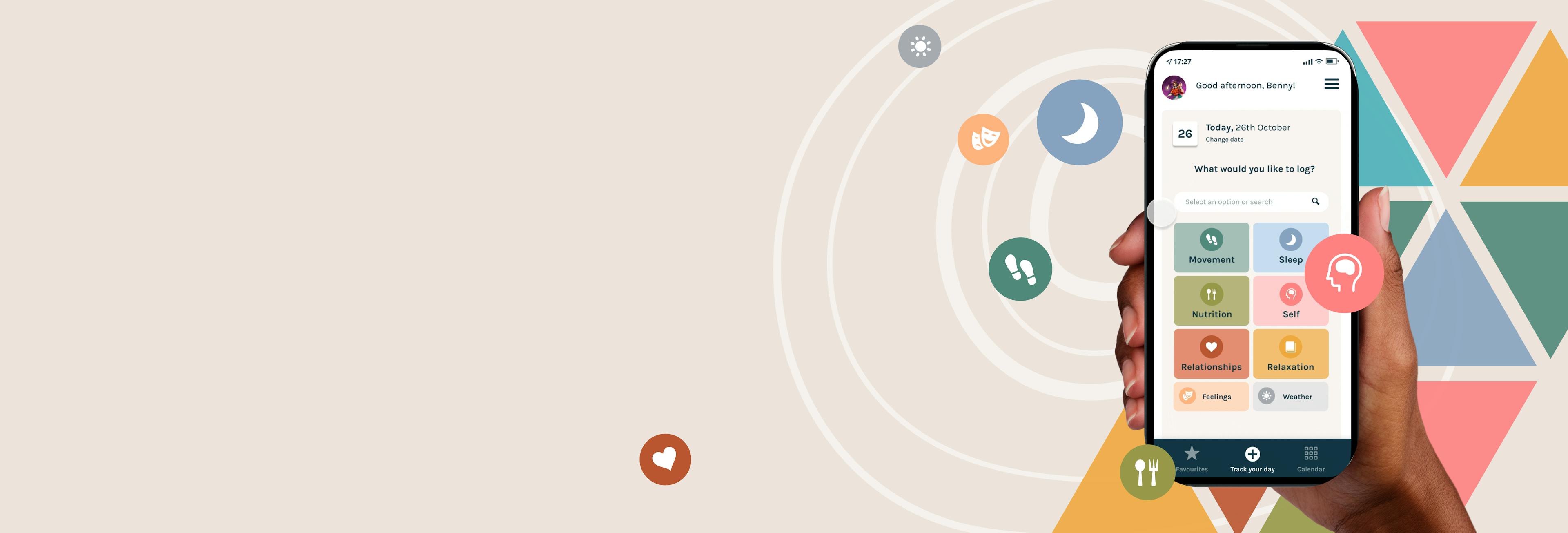
Wavesix

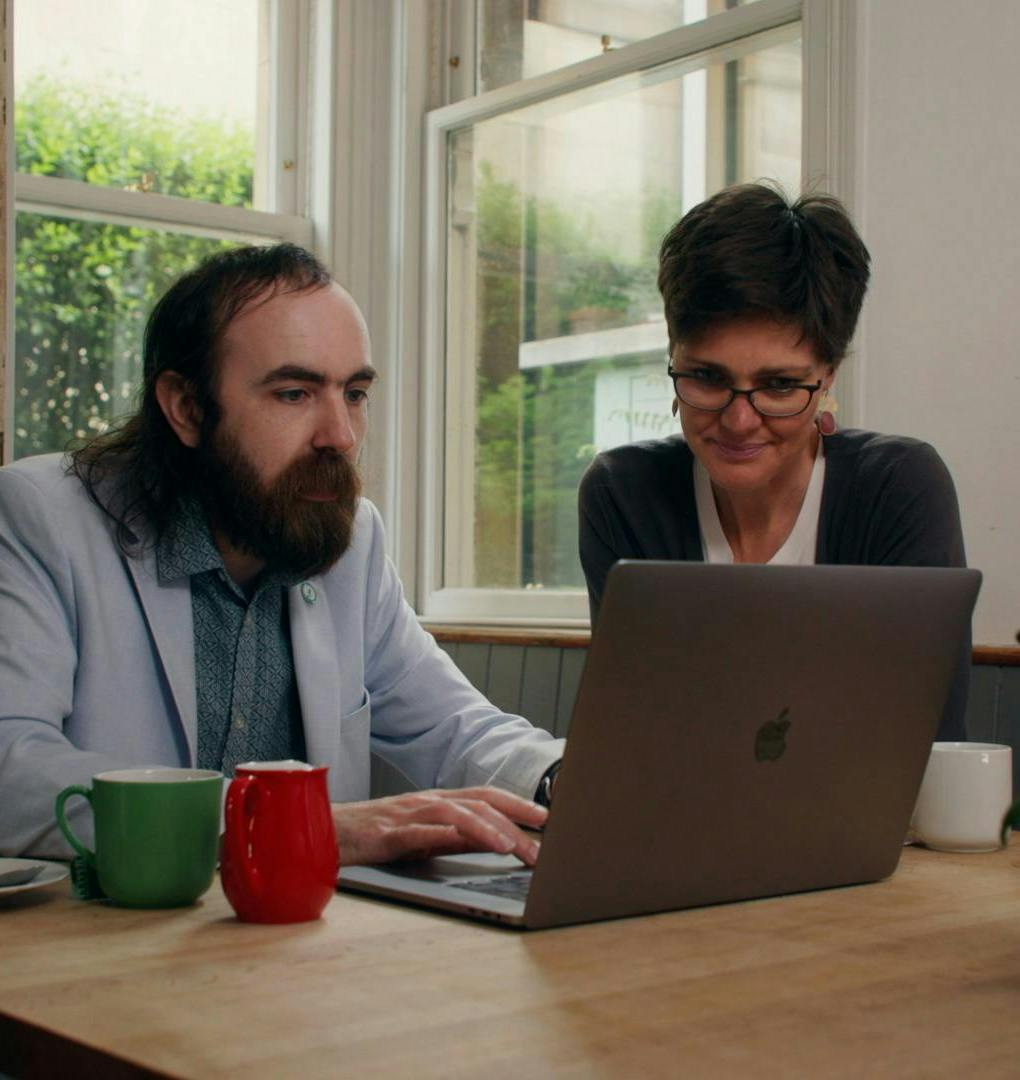
The Situation
Tracking multiple health variables using existing lifestyle trackers is too complicated
Millions of people use lifestyle and health tracking platforms to manage their wellbeing, but each system typically measures only one or perhaps two variables (such as exercise, diet, mood, energy level, or sleep).
People with chronic medical conditions often seek insights for what “works'' and what doesn’t by experimenting with a long list of lifestyle variables. Because existing trackers tend to only capture one or two variables, people with chronic medical conditions often try to find correlations across multiple trackers - something which is often impossible.
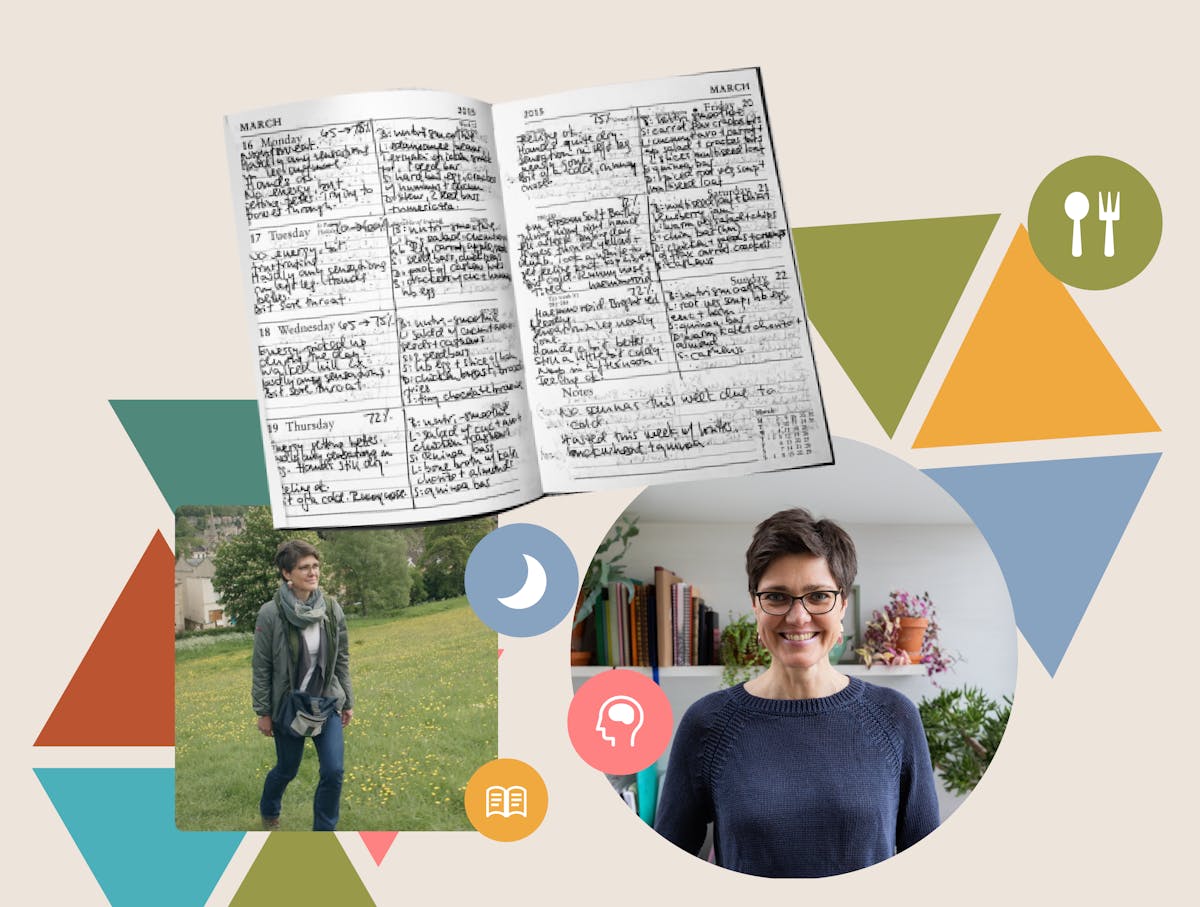
The Problem
Creating a lifestyle, health and wellbeing tracker that let users track multiple variables of their choosing
Solo entrepreneur Julia Marshall-Wessendorf wanted to create a unified platform to allow anyone to track dozens of data points across various categories: sleep, nutrition, movement, relaxation, relationships, self, weather, and feelings. Users would then have this data displayed back to them, allowing them to determine what combination of factors produced the most benefits.The Task

The Task
Building the best possible MVP to market with a limited budget
Julia had clearly defined goals for the WAVESIX app. In terms of aesthetics, she asked for a functional, no-nonsense user interface, and a brand design that featured a muted, earthy colour scheme.
Julia also had a strong vision of the app’s functionality, but, following an initial workshop, it was decided to first build a prototype to test the app’s concept. The information gathered during this phase would be used to ensure the design was a good match for users, and inform the building of the initial full version - the minimum viable product (MVP).
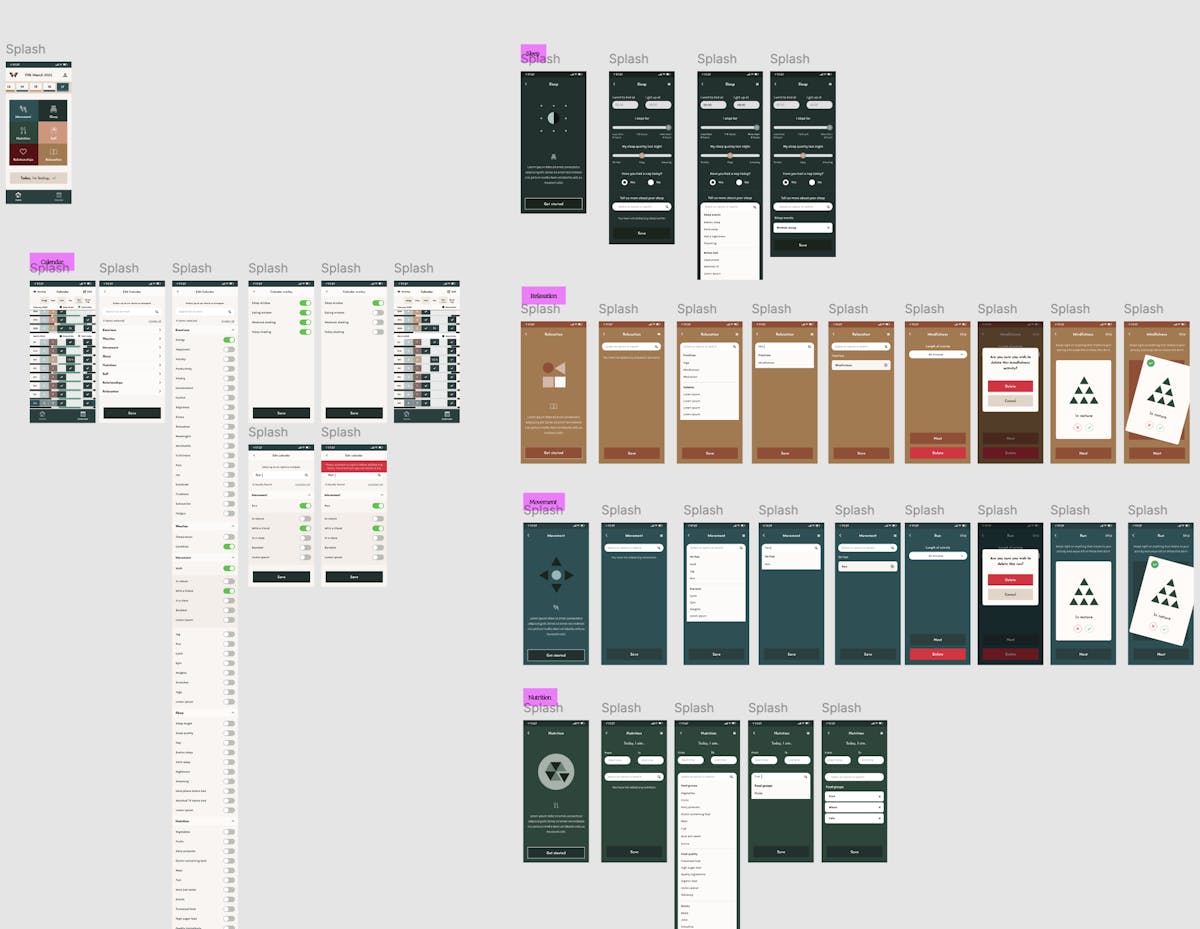
Our Discovery
User research and testing with a prototype
The prototype’s user experience (UX) design began with a questionnaire of potential users. Using this data, the UX team created a series of wireframes which the developers then used to code the prototype’s software.
Although many prototypes are very basic no-code or low-code versions of an application, the Rocketmakers team designed the WAVESIX prototype as a fully-coded app. This made distribution of the app to testers easier, and provided a more authentic user experience.
We accepted the challenge
Costs still needed to be kept low, however, so the team set themselves a challenge: get the prototype coded and deployed on the Apple and Android beta testing platforms in just two weeks. For this to be possible, the team needed to keep things simple, which included making the app “front-end only.” This would limit performance of the app if it was in constant use for an extended time, but was a worthwhile tradeoff for a prototype to prove the concept.
Being “front-end” only meant the entire app could be programmed using two frameworks the Rocketmakers dev team knows well: React and Capacitor. The resulting code would work on both iOS and Android phones. Not having a “back-end” meant all data was stored locally on the user’s phone and not on a cloud database - a solution which worked perfectly well for a short-term project.
The response from testers to the prototype was very positive, and Julia asked Rocketmakers to start work on the MVP.
Our Approach
Building on a successful prototype to create an MVP
Following the feedback from the prototype, the design and development teams had a good idea of which features worked well, and which needed to be improved.
One success that was retained from the prototype was the system for displaying information back to users. After trying several design options, the UX design team devised a calendar view which would allow users to quickly see which days they reported feeling better, and then compare them to other data points collected by the app. Up to six variables could be displayed at a time on the calendar view, and users could quickly swap any data point out with a new one to compare with just a few clicks. This format was retained with a few refinements.
The area that needed the most improvement was - as expected - data collection and storage. The prototype stored all data on the user’s phone, which sped up development time but hampered performance over time. This tactic also made it impossible to curate the questions each user was presented with. Instead, users were presented with long lists of questions, some of which were not relevant to their personal situation.
For the MVP, a full back end was created with all questions and user answers stored on a database, eliminating the prototype’s performance issues. Questions were also organised in hierarchies that allowed users to drill down into more detail for issues they want to track, and easily move past topics that are not personally relevant. Having the questions stored on the database also allows WAVESIX to add, remove, or edit what users are asked any time.
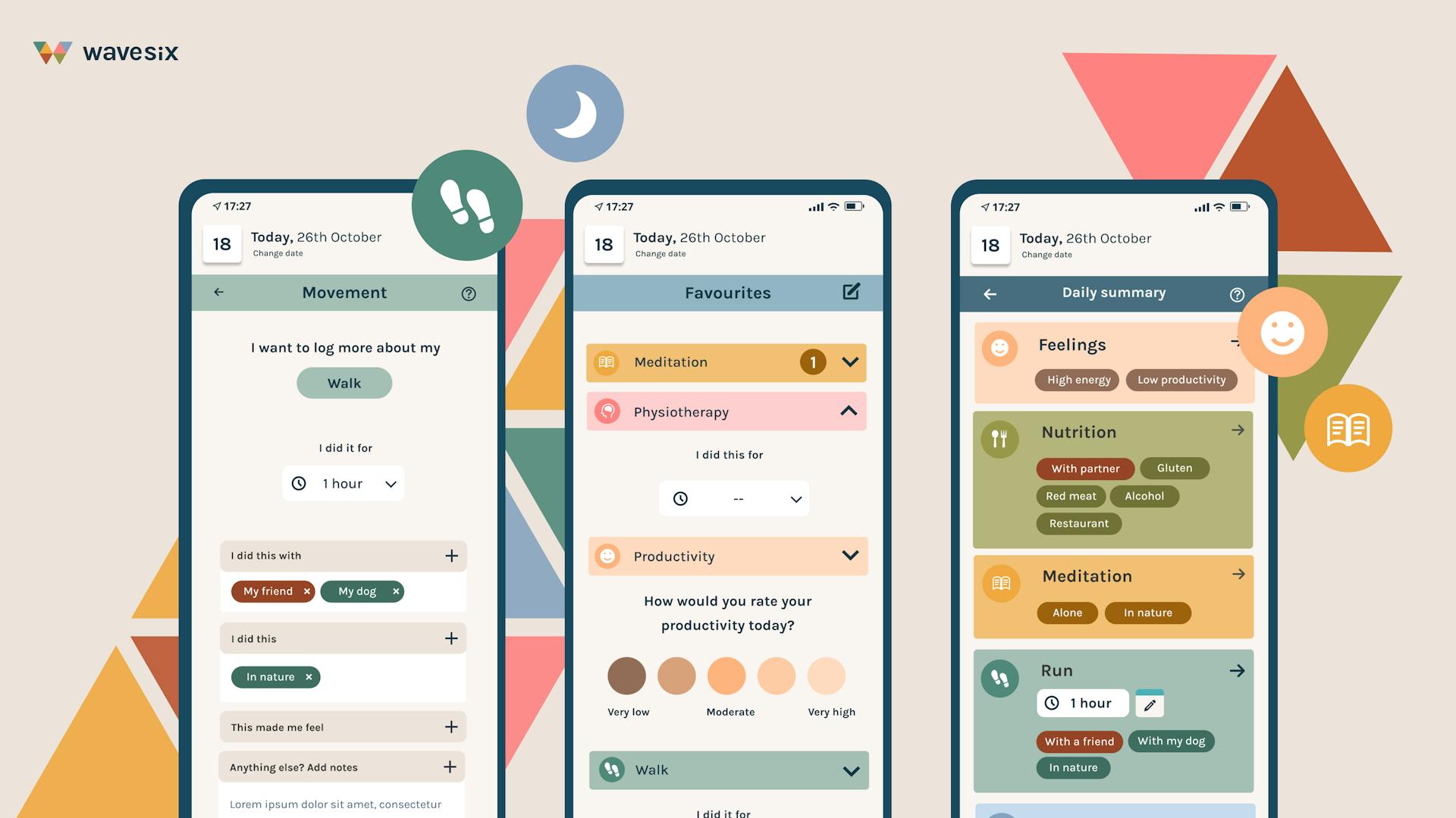

The Result
An MVP with low running costs but the capacity to meet any user demand
WAVESIX was one of the first apps built using a new Rocketmakers offering called Orbit Slingshot. A variation on Orbit, our microservices suite to speed up development and ensure and lower ongoing costs, Orbit Slingshot accelerates the process even further by starting with many of the options for back-end development pre-set. This allowed the development team to spin up the database, add an authentication process, and implement user notifications, all in a single day.
WAVESIX was coded using React, which allowed the developers to create a single set of code which would work on both iOS (Apple) and Android phones. This could make in-app purchases for subscriptions complicated, however, as writing code which could submit payments to both Apple’s App Store and Google Play would be complicated. To solve this problem, the Rocketmakers team integrated a system called Glassfy which could handle payments for both systems.
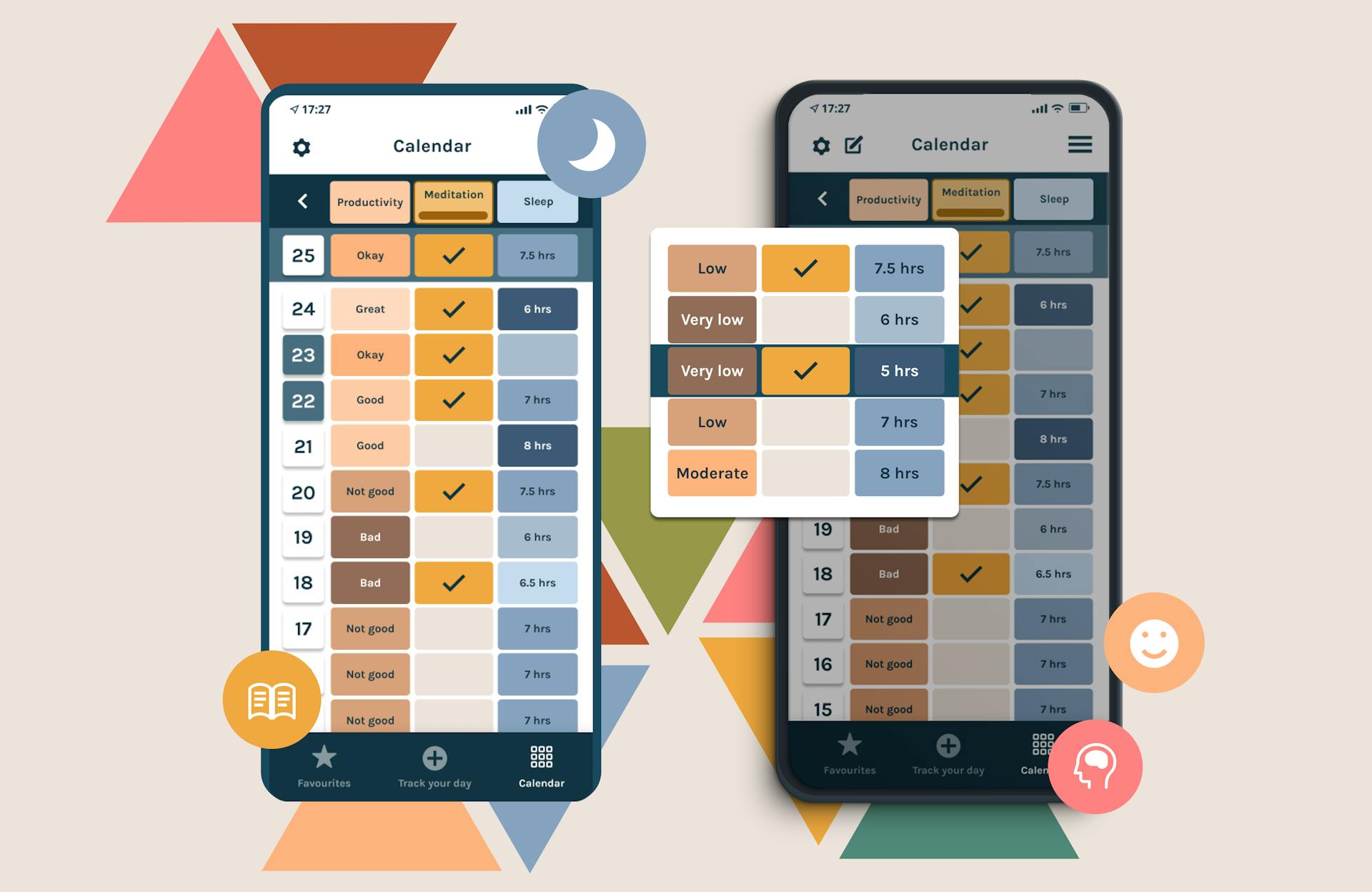

The Impact
An app that helps people to understand and take control of what works for them for their health, wellbeing and lifestyle.
The initial concept for WAVESIX is very simple: allow users to choose which variables to track, and then allow users to gain insight from the collected data.
The execution posed a lot of challenges, however, as helping users navigate extensive question lists required a lot of careful organisation, and displaying the data back in a way that is easy for users to digest was a substantial design challenge.
Thanks to compelling visual and UX design, combined with Rocketmakers’ advanced systems for rapidly creating robust and scalable software, the WAVESIX MVP is now helping users around the world find the combinations of lifestyle factors that work best for their needs.

It's been great working with Rocketmakers, they are just an amazing team. I can't thank them enough!
